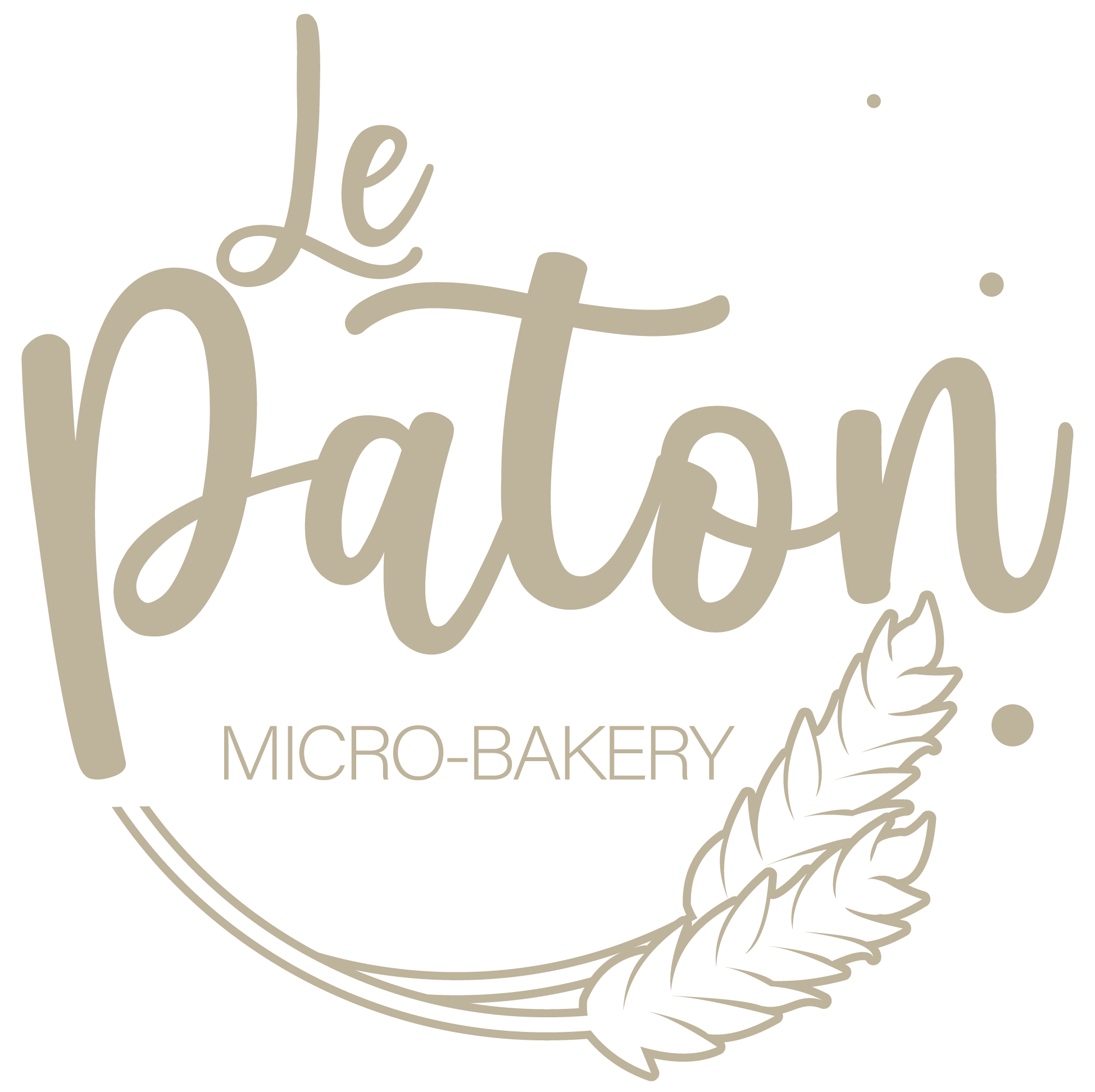Honey has recently been considered a “substitution” ingredient, an easy way for modern bakers to sidestep refined sugars like corn syrup and granulated sugar. But honey should be respected and treated like the complicated compound it is. One of the main differences between honey and sugar is the boost of moisture honey adds to a recipe. Honey is about 15% to 18% water, increasing the moisture of a baked good accordingly. As a rule of thumb, for every 1 cup (336 grams) honey you substitute in a given recipe, subtract 1⁄4 cup (60 grams) liquid (milk, water, etc.). Honey is also sweeter than granulated sugar. In fact, honey is roughly twice as sweet, so a recipe that calls for 1 cup (200 grams) granulated sugar should receive equal sweetness from 1⁄2 cup (170 grams) honey. Finally, honey bakes faster than sugar. Fructose, one of the main natural sugars present in honey, caramelizes much faster than glucose (granulated sugar). A number of amino acids in honey also speed up the caramelization process, making baked goods made with honey much more susceptible to burning. But this doesn’t mean that a recipe made with honey will need less time in the oven. Instead, it needs more time in the oven but with lower heat. If adapting a recipe to use honey instead of granulated sugar, start by lowering the baking temperature by 25°F.
All of the above details are important to consider when baking with honey, but once you get comfortable with its fundamental differences from granulated sugar, you can begin exploring its incredible benefits. Like other invert sugars, honey is hygroscopic, which helps cakes, breads, and other baked goods stay moist and tender for longer. For quick breads, honey and baking soda are natural bedfellows, as the baking soda helps neutralize the slightly acidic honey. As a rule of thumb, add about 1⁄2 teaspoon (2.5 grams) baking soda for every 1 cup (336 grams) honey. One last tip for those baking with honey: oil your measuring cup or spoon or spray with cooking spray before measuring. This slight sheen of oil helps honey slide from the measuring cup or spoon and into the mixing bowl with ease, keeping you from a sticky situation.
Of course, honey can be used in your baked goods beyond being stirred into batter. If you’re looking to give your final baked goods sweet shine, consider brushing them with gently heated honey (15 to 30 seconds in the microwave will help make this easier). In general, warmed honey can be treated much like a simple syrup. Brush it onto baked cake layers to keep them fresh and tender, or pour it over puff pastry and fried goods to create a sweetly soaked dessert (consider this the baklava treatment). Honey lends itself equally well to frostings and glazes, bringing that signature sweetness to both buttercreams and meringue-based frostings. Speaking of meringue, honey pairs very well with this crispy dessert. Meringues bake low and slow, perfectly suited to honey’s heat sensitivity. This rule also applies to certain custard-based desserts, like flan and crème brûlée. Honey also responds well to their gentle cooking method.
When you aren’t baking with your honey, you’ll need to store it properly. Honey has a lengthy shelf-life for a number of reasons. First, its acidity kills off many harmful bacteria. Second, it’s viscous and low-moisture, a particularly inhospitable place for microorganisms to survive and thrive in. Still, honey will spoil under specific circumstances. If improperly sealed, honey will suck moisture from the air and increase the likelihood of spoilage, so make sure your honey is in a tightly sealed container.
Temperature can also affect honey’s flavor, even if it doesn’t exactly make it “go bad.” If stored at temperatures above 75°F (24°C), the honey will slowly degrade in flavor, becoming bitter and off-tasting. So, try to keep it in a cool, dark place. Even honey stored at the ideal temperature and in a sealed container can form honey crystals. While this may seem like honey that’s past its prime, it’s still fine to use. Simply place your honey in a heatproof jar and submerge it in hot water, stirring after a minute or two, to bring it back to a smooth texture.

